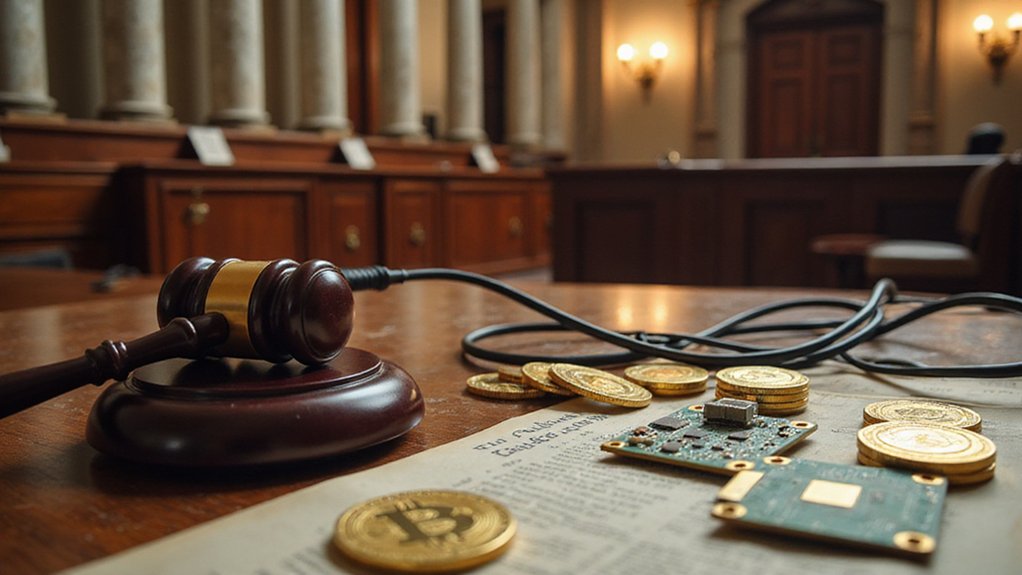In a move that has sent ripples through both monetary policy circles and cryptocurrency markets, President Trump’s nomination of economist Stephen Miran to the Federal Reserve Board of Governors represents perhaps the most audacious attempt yet to reshape the central bank‘s traditionally conservative stance on digital assets.
Miran, whose Harvard Ph.D. credentials are matched only by his vocal advocacy for streamlined cryptocurrency regulation, brings a decidedly unconventional perspective to the Fed’s typically staid boardroom discussions. His appointment—occurring amid Trump’s ongoing feud with Fed Chair Powell—signals a strategic pivot toward what many consider innovation-friendly monetary policy, though skeptics might wonder whether “innovation-friendly” simply translates to “politically expedient.”
The nominee’s background reads like a carefully curated resume for disrupting Federal Reserve orthodoxy. Having served as Chair of the Council of Economic Advisers since March 2025, Miran previously contributed to COVID-19 economic programs during his Treasury tenure (2020-2021) and co-founded Amberwave Partners after stints at Hudson Bay Capital Management.
His academic work on household saving and fiscal policy provides theoretical grounding for his practical critiques of pandemic-era stimulus policies. Notably, Miran was instrumental in designing the Paycheck Protection Program during the COVID-19 crisis, demonstrating his ability to translate economic theory into large-scale policy implementation.
Perhaps most provocatively, Miran authored the “Mar-A-Lago Accord,” endorsing dollar devaluation to reduce America’s current account deficit—a position that would have been considered heretical in previous Fed administrations. His assertion that Federal Reserve independence is largely illusory, given overlapping personnel and policies between the Fed and Treasury, challenges decades of central banking convention.
Miran’s cryptocurrency stance extends beyond mere regulatory streamlining; he views digital assets as integral to monetary policy discussions and may greatly influence stablecoin oversight frameworks. With stablecoin transaction volumes exceeding $27.6 trillion in 2024, his influence on digital asset regulation could have far-reaching implications for the broader financial system. Market analysts express mixed expectations about Miran’s potential confirmation and his ultimate impact on Federal Reserve monetary policy. His early-career observations of China’s renminbi manipulation inform his broader skepticism toward foreign currency interventions and non-market trade barriers.
The Senate confirmation process promises familiar partisan theatrics—his CEA confirmation split 53-46 along party lines—though the stakes feel notably higher given the Fed’s pivotal role in financial stability.
Miran’s temporary appointment through January 31, 2026, may prove sufficient to fundamentally alter cryptocurrency regulatory discourse, assuming his pro-crypto philosophy survives contact with the Fed’s institutional gravity.









